You've got a flat tire—only one flat. The rest of your tires are in decent shape. You just need one replacement tire, right? Not quite! Although it might seem like a straightforward fix, replacing one tire on your vehicle, instead of two or four, can sometimes lead to unintended (and unfortunate) consequences. Learn what these consequences are and what to consider when replacing tires.
To achieve optimum vehicle handling, ride comfort, and road traction, it's generally recommended that you have all four tires replaced at the same time. Replacing one tire at a time can present challenges down the road since the one tire will have a different tread depth and thus different accelerating, braking, and cornering abilities than all of the others.
Think about it this way. Imagine if one of your running shoes got a hole in the bottom. Instead of buying a new pair of shoes, you buy just one shoe. Trying to run with one brand new and one worn shoe would probably feel pretty awkward and unbalanced.
Your car feels the same way when you replace just one tire. Significant wear imbalances between tires can negatively impact overall vehicle performance and stability. Plus, electronic and mechanical vehicle systems (like transfer cases, differentials, anti-lock brakes, and traction control systems) may have difficulty interpreting information from your tires when one is noticeably different from the rest.
Also, some vehicle manufacturers have specific recommendations or restrictions against the replacement of fewer than four tires. Check your owner's manual to see what your manufacturer recommends.
Perhaps you only have the time and money to get one tire replaced. Or, your tire technician has evaluated the existing tread depth on your car's remaining tires, checked the vehicle’s owner’s manual and determined that replacing one tire is okay. Whatever the reason, here's how a replacement of only one or two tires generally works.
Whatever the reason, here's how a replacement of only one or two tires generally works.
When replacing one tire: The new tire is paired with whatever tire on your vehicle has the deepest tread depth. Then, both tires are mounted on the rear axle.
When replacing two tires: The two new tires are mounted on the rear axle.
Also, if replacing only one or two tires, it is recommended that the tires are placed on the rear to prevent hydroplaning during wet road conditions.
Things are a bit trickier with four- and all-wheel drive vehicles. Even tiny differences in tire diameters on an axle, or between tires on different axles can lead to a glitch in the drivetrain system. Usually, all four tires are recommended to be replaced at once, but always check your vehicle manufacturer's recommendations for specific guidance regarding your vehicle.
Vehicles with staggered fitment have different size wheels on the back and the front of the car. Wider and/or taller wheels are usually mounted on the back, which results in more grip on acceleration and a sportier aesthetic appeal. Common vehicles with staggered fitments include the INFINITI G35, Nissan 350X, Chevrolet Camaro, Dodge Challenger, and Ford Mustang.
When it comes to replacing one or two tires, always follow the vehicle manufacturer's recommendations. If none exists and no tires show excessive wear, it might be acceptable to install one or two tires to either axle as needed.
Replacing a single tire isn't always a good idea. Thankfully, with Firestone Complete Auto Care's selection of affordable tires with free installation services, you don't need to change just one tire! Help maintain solid control of your vehicle and visit your trusted local tire experts for repairs and replacements that are Fixed Right, Priced Right, Right on Time!
Tires are consumables.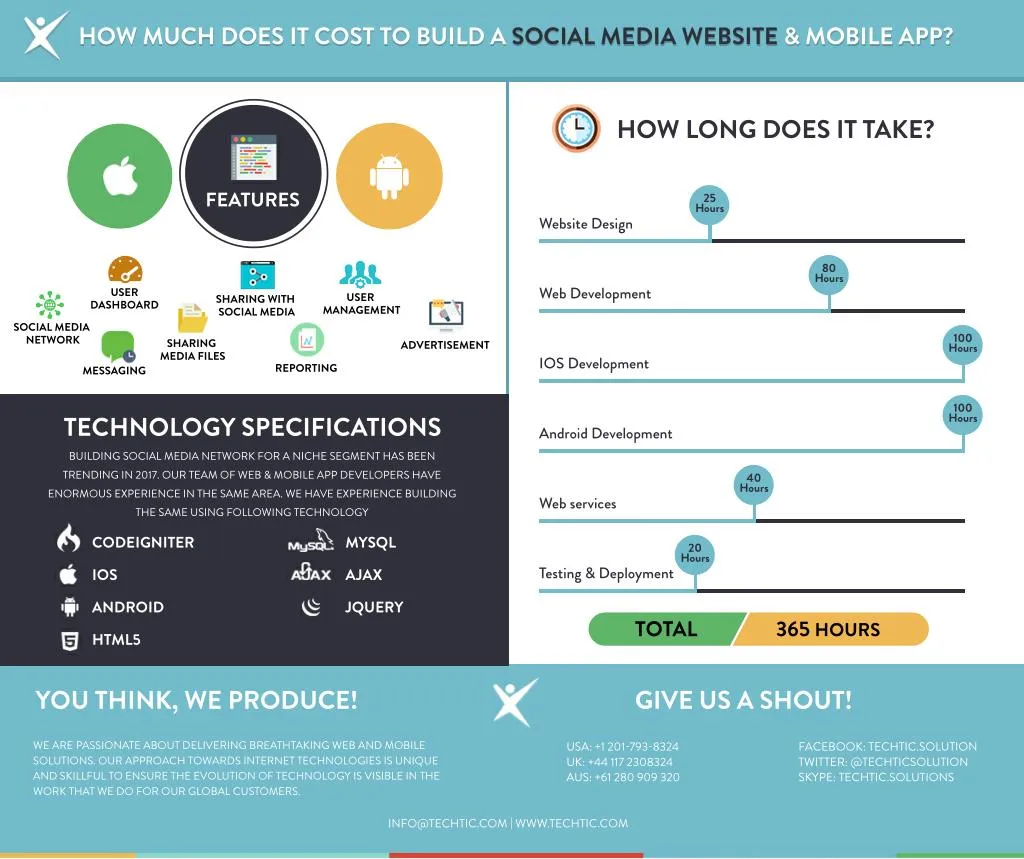 Depending on how often you drive your car and the quality of your tires, you’ll need to get a new set of tires every 3-5 years.
Depending on how often you drive your car and the quality of your tires, you’ll need to get a new set of tires every 3-5 years.
If you’re planning on retiring your old set of tires soon, we’ll help you figure out how much it’d cost to change tires so that you can save money for it beforehand.
Specifying a budget for replacing your old set of tires with a brand new one isn’t as straightforward as you might think. It’s more than just picking a store and a brand; there are many variables that come into play, and we’re going to explain them in the following sections:
To replace your old set of tires with a fresh one, you need to opt for a professional tire installment service because the process requires special tools and extensive technical expertise. You can use a manual tire changer, but of course, seeking professional service would be the better way to go.
The technician will loosen the bolts and unmount the wheels, take the tires off the car’s rims, inspect and smoothen the rims, install the new tires, and mount the wheels back.
Typically, it shouldn’t cost you more than 65$ to mount your new tires. The actual cost may vary depending on your car type and model.
For example, replacing the tires on an SUV will cost you more than replacing them on a compact hatchback, simply because the diameter of every tire is larger. The aspect ratio of the tires may also affect the price.
When you remove your old tires, you’ll have to replace the old valve stems with new ones. That shouldn’t cost you more than $15.
Also, keep in mind that you may need to replace the TPMS or Tire Pressure Monitoring System sensors on newer vehicles. These sensors indicate when something is wrong with your tires or if the air pressure on any of the tires needs to be adjusted. A single sensor will cost you a whopping $100.
But don’t worry, you won’t likely need to replace the sensors every single time you replace your tires. In fact, you may not need to replace them at all if they’re working correctly.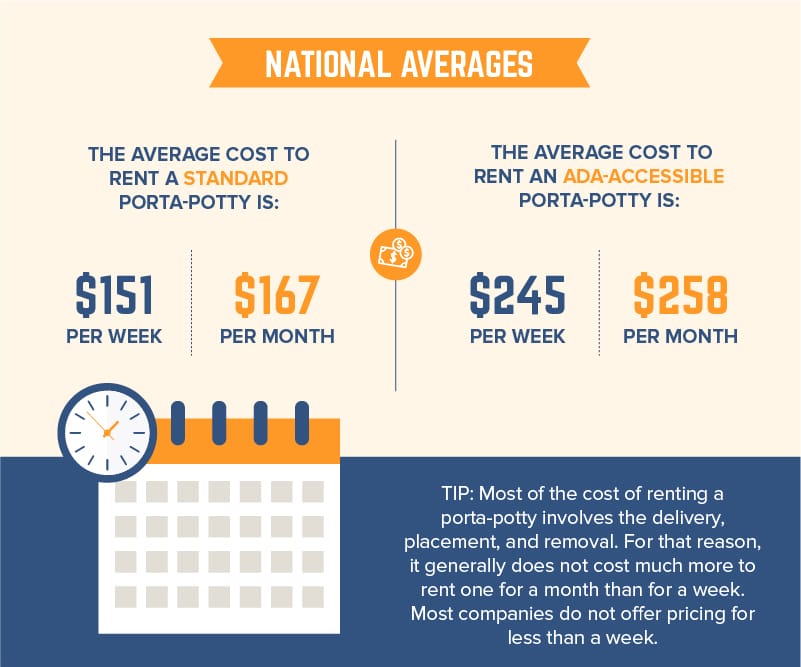
Balancing and alignment can make a world of difference when it comes to providing a smoother ride.
You won’t have to pay any extra fees for wheel balancing because most tire service centers would do it for free when you sign up for a wheel replacement session. As for alignment, you’ll probably need to pay an extra $90-$100.
You don’t have to do the wheel alignment on the same day you install your new tires. However, it’s highly recommended that you align your wheels as soon as you mount your fresh tires to ensure better gas mileage and a longer tire lifetime.
Obviously, you also need to account for the price of the new tires. There are lots of low-end, average, and high-end options that you can pick from.
The price of your new tires will be heavily influenced by rim diameter, chemicals, tread pattern, and performance on different terrains. The average price of a new set of tires is $400.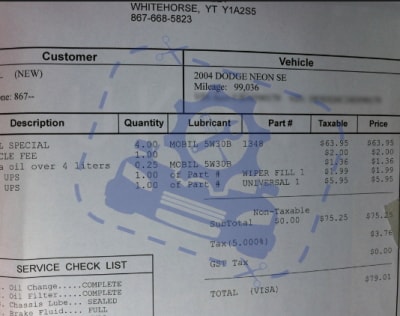
There are many types of tires that you can pick from based on your needs and geographic location, including:
Tires are some of the most critical components of an automobile because they heavily impact your car’s braking, handling, and accelerating performance on different terrains. That’s why we recommend that you invest in a high-quality set of tires for maximum safety and performance.
Some of the most reputable international automobile tire brands include Goodyear, Michelin, Pirelli, and Bridgestone.
Choosing the right tires for your vehicle and getting them installed will obviously require some time. Luckily, you can get your old tires replaced in as little as 45 minutes if you opt for a professional tire replacement service.
The amount of time it takes to install new tires may vary depending on your vehicle type.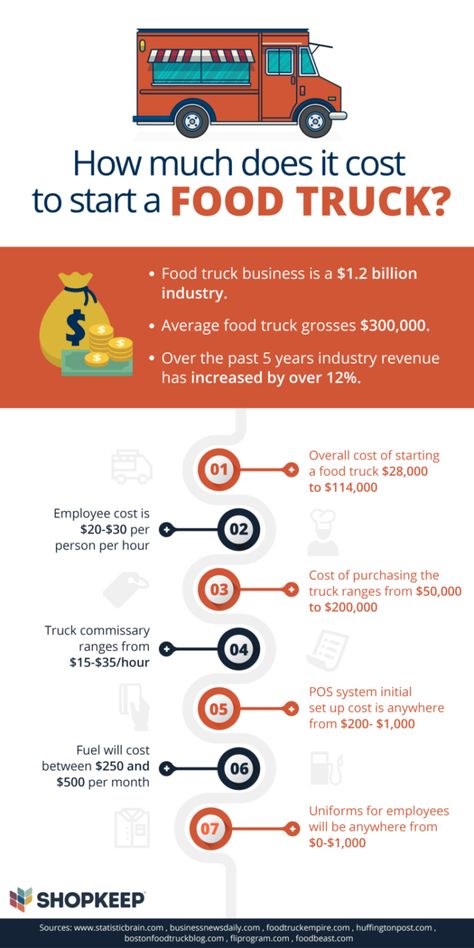
Many tire sets come with a limited warranty on tread wear, materials, and workmanship. Usually, such coverage is optional, but we do recommend that you include it in the package to future-proof your tires.
A protection plan generally costs around $50 or 10% of the tires’ price.
To recap, replacing your old tires is a worthy investment that’ll give new life to your automobile. So, how much does it cost to change tires? Here’s a quick breakdown:
Did you find this guide helpful? Then you should consider checking others:
How Does NASCAR Change Tires So Fast
How Often Do You Need To Change Tires
How To Change Tire On Travel Trailer
How To Change A Truck Tire
How To Change A VW Jetta Tire
How To Change An ATV Tire
How To Tell If Your Tires Need Replacing
How To Remove A Stuck Tire
How To Reset Flat Tire Warning BMW 530i
Cars | ||||||||||||||
| Service name | RI2-RI3 | R14 | R15 | R16 | R17 | R18 | R19 | R20-R23 | to R 26 | |||||
| Removal and installation of 1 wheel | 80 | 80 | 95 | 115 | 140 | 160 | 185 | 205 | 230 | |||||
| Mounting/removing 1 wheel | 45/90 | 70/140 | 85/170 | 115 /230 | 140/280 | 150/300 | 165/330 | 185/370 | 200/400 | |||||
| Fitting/removing 1 RunFlat wheel | 105/210 | 140/280 | 170/340 | 200/400 | 275/550 | 300/600 | 320/640 | 360/720 | 400/800 | |||||
Fitting/removing 1 low profile wheel (45, 40.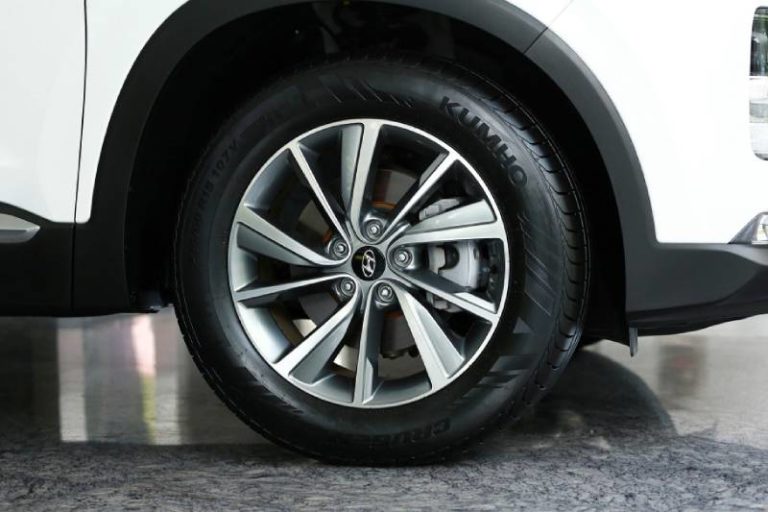 ..) ..) | 60/120 | 90/180 | 115/230 | 150/300 | 185/370 | 200/400 | 220/440 | 240/480 | 265/530 | |||||
| Fitting/removing 1 low profile wheel (45, 40...) RunFlat | 125/250 | 170/340 | 210/420 | 250/500 | 335/670 | 355/710 | 390/780 | 440/880 | 450/900 | |||||
| Balancing 1 wheel (including load) | 115 | 125 | 160 | 215 | 265 | 275 | 275 | 285 | 345 | |||||
| Total (4 pieces) | 1150 | 1380 | 1700 | 2240 | 2710 | 2940 | 3130 | 3450 | 3910 | |||||
| Total (4 pcs) RunFlat | 1610 | 1930 | 2380 | 2900 | 3790 | 4120 | 4380 | 4830 | 5470 | |||||
Sum (4 pcs) low profile (45, 40. ..) ..) | 1270 | 1560 | 1910 | 2520 | 3100 | 3340 | 3600 | 3880 | 4420 | |||||
| Sum (4 pcs) low profile (45, 40...) RunFlat | 1780 | 2180 | 2670 | 3290 | 4280 | 4580 | 4930 | 5470 | 5900 | |||||
| Imbalance optimization 1 wheel | 200 | 250 | 300 | 350 | 400 | 400 | 450 | 450 | 600 | |||||
| Vulcanization 1 wheel | 800 | 800 | 850 | 1100 | 1200 | 1200 | 1400 | 1400 | 1800 | |||||
Vans and SUVs | ||||||||||||||
| Service name | R15 | R16 | R17 | R18 | R19 | R20 - R22 | up to R 26 | |||||||
| Removal and installation of 1 wheel | 105 | 120 | 150 | 185 | 210 | 235 | 265 | |||||||
| Mounting/removing 1 wheel | 95/190 | 135/270 | 150/300 | 175/350 | 185/370 | 210/420 | 230/460 | |||||||
| Mounting/removing 1 wheel RunFlat | 190/380 | 230/460 | 305/610 | 345/690 | 365/730 | 415/830 | 455/910 | |||||||
Fitting/removing 1 low profile wheel (45, 40.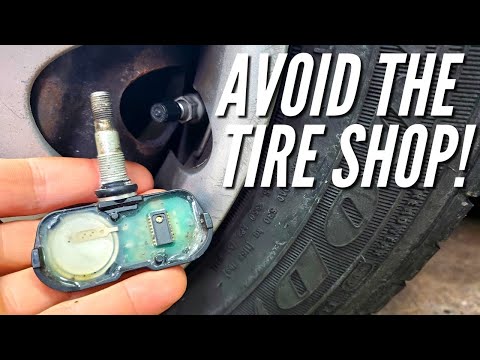 ..) ..) | 120/240 | 160/320 | 200/400 | 220/ 440 | 240/480 | 275/550 | 300/600 | |||||||
| Fitting/removing 1 low profile wheel (45, 40...) RunFlat | 225/450 | 285/570 | 365/730 | 410/820 | 445/890 | 505/1010 | 555/1110 | |||||||
| Balancing 1 wheel (including load) | 180 | 220 | 295 | 315 | 325 | 335 | 400 | |||||||
| Total (4 pieces) | 1890 | 2440 | 2990 | 3380 | 3590 | 3980 | 4490 | |||||||
| Total (4 pcs) RunFlat | 2650 | 3190 | 4190 | 4730 | 5030 | 5570 | 6290 | |||||||
Sum (4 pcs) low profile (45, 40.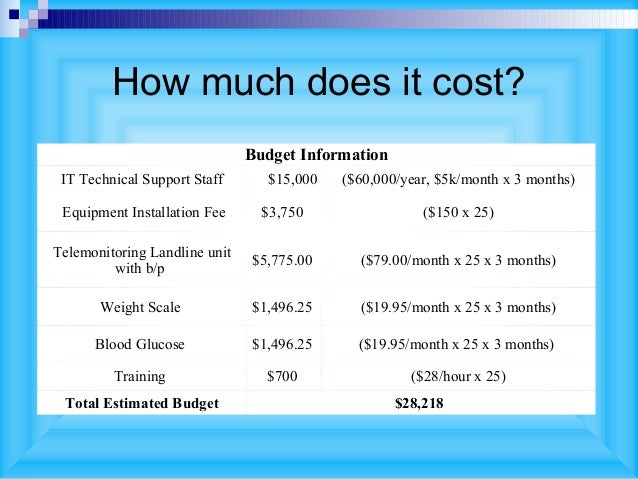 ..) ..) | 2090 | 2640 | 3360 | 3750 | 4050 | 4490 | 5060 | |||||||
| Sum (4 pcs) low profile (45, 40...) RunFlat | 2930 | 3610 | 4700 | 5250 | 5670 | 6290 | 7080 | |||||||
| Imbalance optimization 1 wheel | 330 | 385 | 440 | 440 | 460 | 495 | 800 | |||||||
| Vulcanization 1 wheel | 950 | 1200 | 1300 | 1300 | 1500 | 1500 | 1900 | |||||||
Other work | |
| Single wheel wash/cleaning | 60 |
| Replacement spool | 35 |
| Wheel geometry test | 60 |
| Wheel leak test | 60 |
| Camera repair (1 damage) | 60 |
| Sealing | 120 |
| Tire recycling | 120 |
| Tire pack | 25 |
| Tire storage (per day per wheel) | 120 |
Repair of one wheel (puncture) | |
| Harness | 130 |
| Fungus | 230 |
| Patch | 300 |
| Valve installation | 55 |
| Camera removal/installation | 60 |
Consumables | ||
| Regular valve | 35 | |
| Chrome valve | 72 | |
| Cap | 12 | |
CAR TIRE STORAGE (6 months) | ||
| The most favorable conditions for our customers! | ||
| Radius | Without discs | With discs |
| 13-15R | 2300 | 2800 |
| 16-18R | 2500 | 3000 |
| With 19R and up | 3000 | 3500 |
The cost of tires for tires
Removal of the wheel puncture
300 rub
R-13 4 pcs
1300 RUB
SHOP
1600 RUB 900 RUBSICS SHITHN 1600 rub
Hinomontazh R-16 4 pcs
1800 rub
Shinomontazh R-17 4 pcs
1800 rub
R-18 4pcs
3400 rub
10012821283
2300/2800
Radius 16-18
without discs/s discs
2500/3000
radius from 1
without discs/s discs
3000/3500
This section contains and updated all prices for tire services in 2020, our price list contains all the relevant information necessary to clarify the cost of work.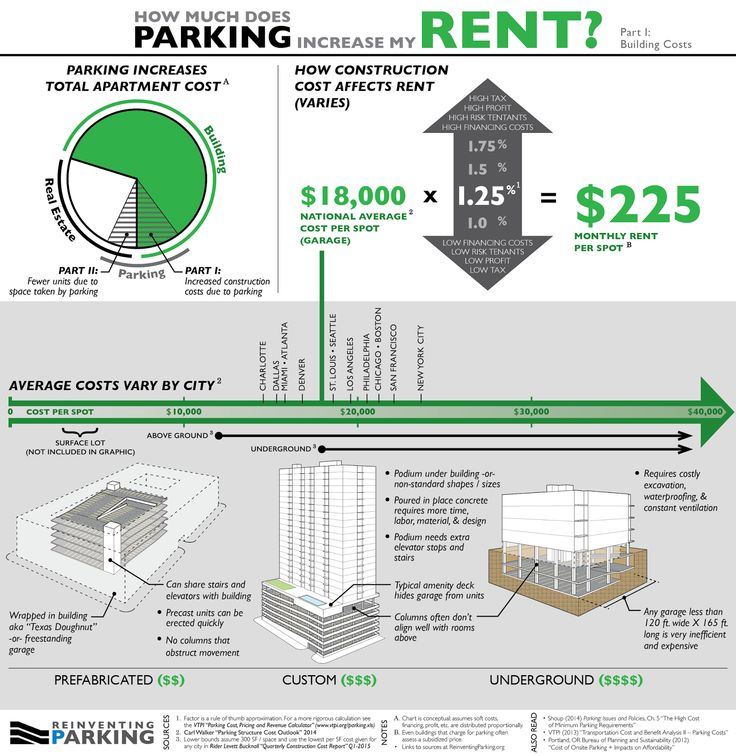
Tire fitting is a fairly simple procedure, but a lot depends on the quality of its implementation: how the car will behave on the road, how long the tires will last. Fuel consumption even indirectly depends on the quality of work. Therefore, it is important to ensure that all stages of work are carried out competently and professionally.
removing wheels from a car
removing tires from rims;
installing new tires on rims;
inflation;
balancing;
installation on a car.
The machine must be raised to remove the wheels. The easiest way to install a tire is to raise the car on a platform, lift or jacks. If you work with a jack, you will need to ensure that the car is level. And on a platform or lift, the masters have access to all wheels at the right height at once.
The wheel is removed and then washed or cleaned. Working with a dirty wheel can interfere with the normal process, so it needs to be cleaned of dirt. Nord uses a washing machine for this, thanks to which the wheel can be completely cleaned in seconds.
Nord uses a washing machine for this, thanks to which the wheel can be completely cleaned in seconds.
To remove a tire, you must first deflate it by unscrewing the valve. After that, the tire is squeezed out with special tools in a circle. If you squeeze it in one place and try to remove it, you can damage the sides or the valve. A phased spin allows you to remove the tire as accurately as possible.
Then we start mounting the new tire on a special machine. It is put on carefully, pressing in the same way in a circle until it snaps into place. All work starts from the inside. The tire is lubricated with mounting grease so that the beading is successful. Our master examines it, determining the degree of wear and the presence of possible damage.
The tire must then be inflated. This is done in several stages. Having pumped up the tire slightly, master Nord makes sure that it fits exactly into the seat. Then it pumps up to the desired state and balances.
Before installing the wheel, the technician inspects the brake discs and cleans the mating surface and studs with a brush if necessary. Then, copper grease is applied to the place where the disc contacts the rim, the wheel is installed and bolted. The bolts are twisted crosswise in a few steps so that they stand up straight.
Then, copper grease is applied to the place where the disc contacts the rim, the wheel is installed and bolted. The bolts are twisted crosswise in a few steps so that they stand up straight.
When working with tires, the master must check how tight they are. He should also inspect for significant tire damage. The disk is also carefully inspected - it must be cleaned of any kind of contaminants, checked for axial or end runout.
Modern equipment allows Nord Service to easily and quickly perform tire fitting in 2020 without compromising the quality of work.
Every car needs a tire change from time to time.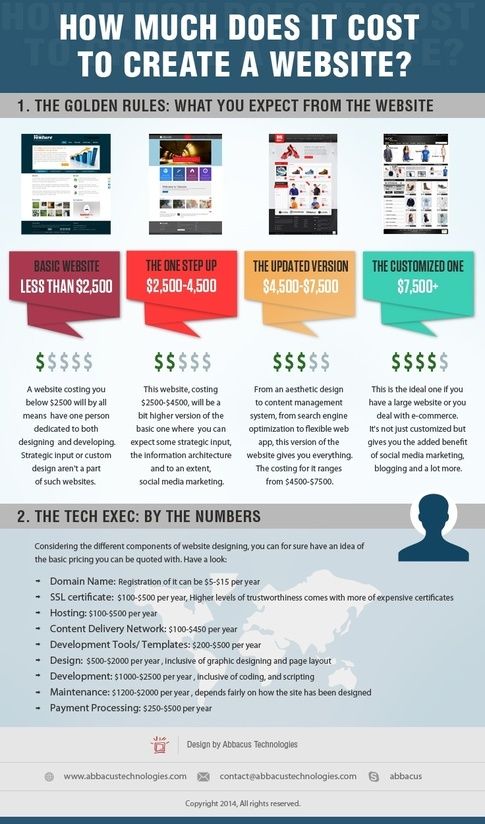 A fairly simple procedure, but not all car owners know how to properly produce it.
A fairly simple procedure, but not all car owners know how to properly produce it.
Most often, tire replacement is required for two reasons:
1. Wear of one, two or all tires at once.
2. Severe damage to one or more tires beyond repair.
To prevent improperly installed tires from causing a serious accident, certain rules should be followed when replacing them.
Rule one: Installed tires must have the dimensions provided by the car manufacturer, or differ from them by no more than 2%.
To find out the tire sizes that can be fitted to your car, see your vehicle manual, tire description, or call your dealer.
Rule two: Tires must also have an appropriate load index and speed index, not less than those provided by the manufacturer for this vehicle.
It is possible to replace tires with higher index values, but not with smaller ones.
You can also find out which load and speed indexes correspond to your car from the instructions, tire descriptions or from a car dealer.
Rule three: Tire pressure must match the pressure specified by the vehicle manufacturer (the pressure in the front and rear tires may be different).
Under-inflated or over-inflated tires can have a very negative effect on vehicle stability and handling.
For exact tire pressures, see your vehicle manual or call your dealer.
Fourth rule: (relevant for those owners who buy ready-made sets of tires in stores along with rims)
When buying, you must make sure that the rims have offset and landing parameters provided by the car manufacturer.
The mismatch between the offset of the disks and their landing parameters has a very negative effect on the handling of the car, and also quickly wear out the suspension of the car, rendering it unusable.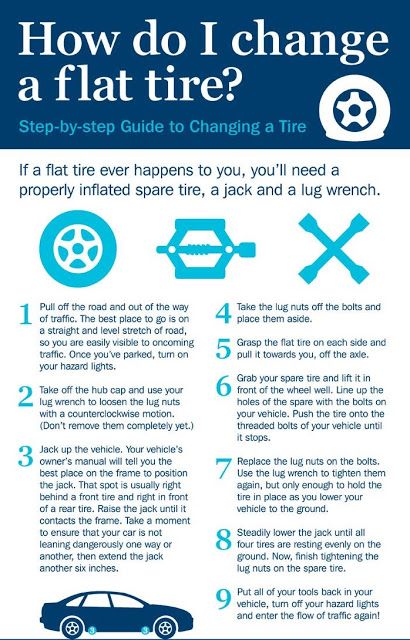
Refer to the vehicle manual or call your dealer for exact wheel offset and landing parameters.
On all vehicles, without exception, tire wear occurs unevenly - as a rule, the front tires wear out noticeably faster than the rear ones.
Many owners are tempted to change only the front tires and leave the rear tires for another season or two.
However, in this case, the owner needs to know that maximum driving safety will be ensured only if all four wheels of the car have the same tread. In all other cases, the car will have a much greater chance of losing control.
Therefore, the safest way to change tires is to install a complete set of 4.
Of course, car tires are a very expensive commodity, and not all drivers have enough money to replace all 4 tires at once.
In this case, the driver can divide the complete tire change into two stages - first change the front pair of tires, and after some time the rear (tires are changed ONLY IN PAIRS).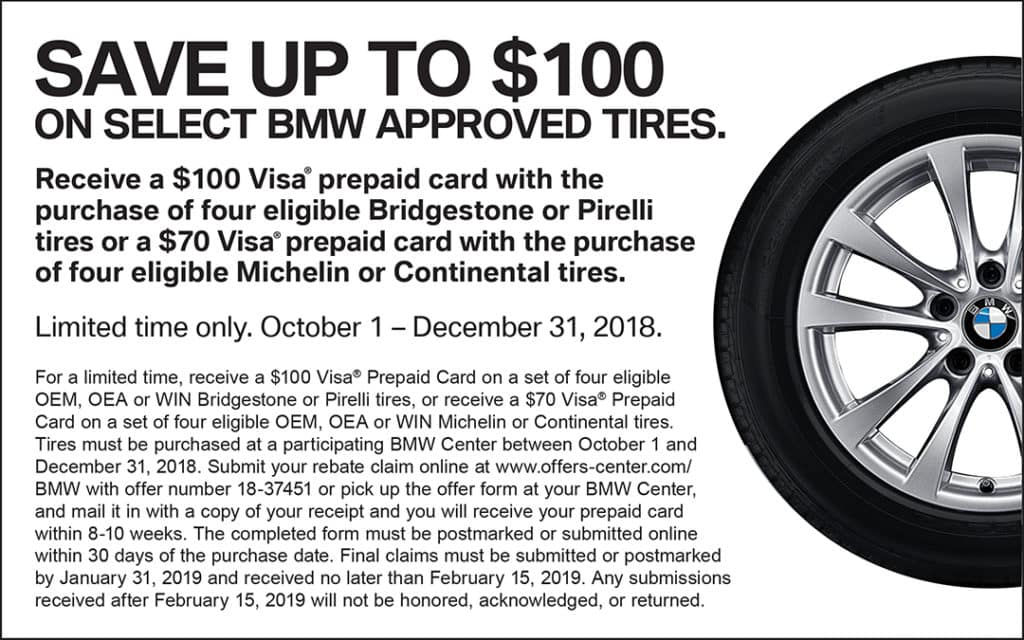
Moreover, it is better not to delay the replacement of rear tires, since while the car is running on old tires, there is an increased risk of skidding the rear axle.
In the event of a tire replacement due to serious damage (such as a cut), the basic rule applies - the tread thickness on all tires must remain the same.
If there is no way to restore the tire, you will have to change at least a pair of tires.
It is possible to replace just one damaged tire without compromising the handling of the car in only one case - if the damaged tire was just bought and managed to drive only a few hundred kilometers.
In this case, the owner of the car can buy one exactly the same new tire and replace the damaged one without fear of losing control of the car.
If, on the other hand, the owner managed to drive quite a lot on new tires - more than a thousand kilometers - then its tread has managed to wear off and replacing one tire is no longer enough.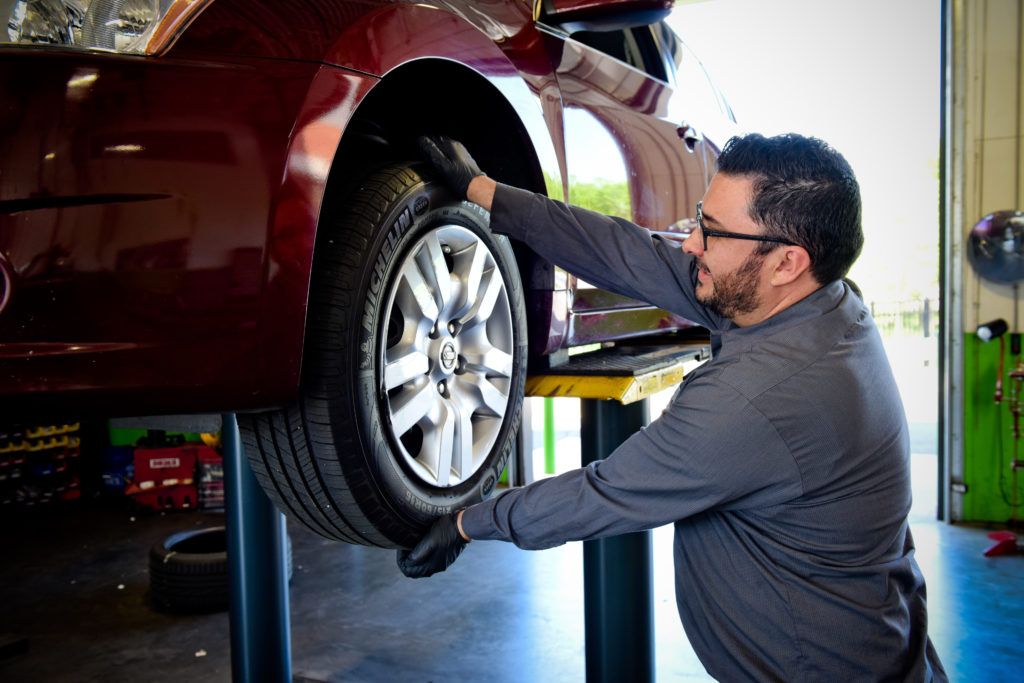
We must not allow a situation where the thickness of the tread pattern on the wheels of one axle will be different - in this case, the probability of losing control is very high.
By the way, the remaining good tire does not have to be thrown away - you can leave it on the spare wheel if there is a bad tire, or in extreme cases, sell it to someone else as a spare tire.
Every experienced car owner knows that it is recommended to change the tires installed on the front axle of the car in the first place.
Despite the great danger of skidding the rear axle of a car with worn tires, there is an even greater danger of a front tire rupture also due to wear, after which an accident with very serious consequences simply cannot be avoided (see video).
The reasons for the rapid wear of the front tires of a car are simple - they experience increased stress due to constant steering.
Due to the very serious consequences of blown front tires (see above), they are subject to increased requirements for strength and safety.